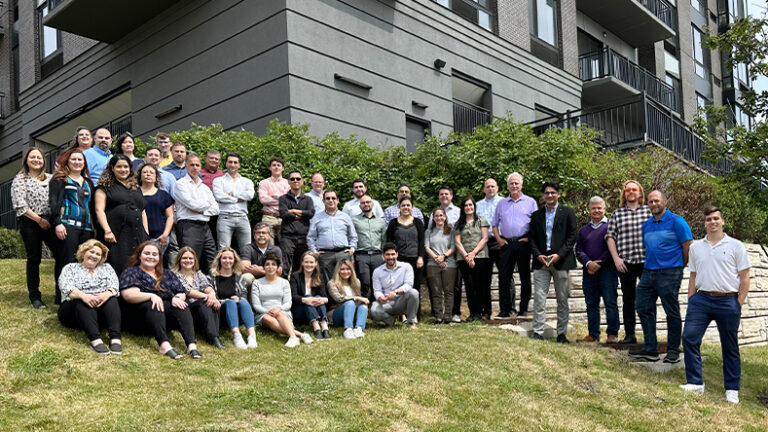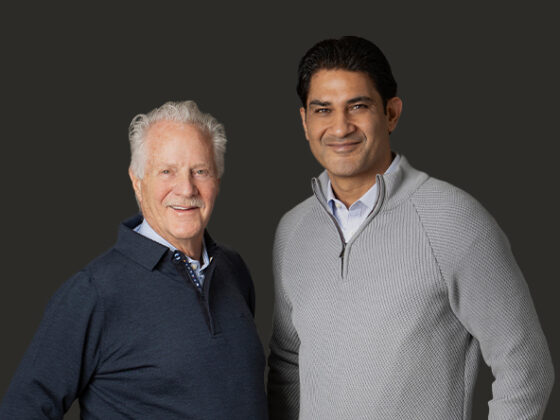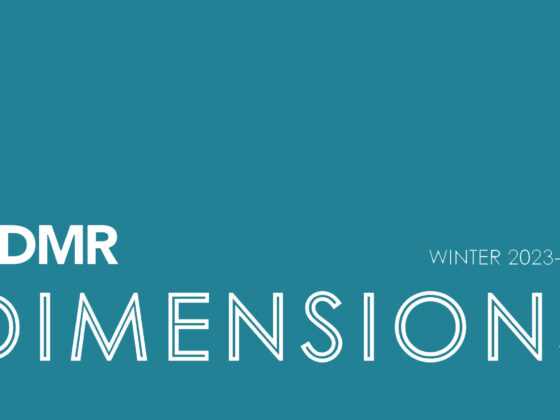New Jersey is the fourth most diverse state in the United States and nowhere is that more evident – or beneficial – than at DMR Architects, where more than half of the employees are naturalized or first-generation Americans.
DMR’s teams of varied voices are uniquely qualified to lead projects that are intended for vast populations including healthcare, public education and parks, municipal redevelopment plans and buildings, and residential options that range from affordable rental housing to luxury condominiums. The outcomes ensure that no one will walk in and think “this building is not for me.”
“The benefits of diversity and inclusivity are profound – we see positive impacts in a broad spectrum of expected and unexpected parts of our business,” said Lloyd Rosenberg, AIA.
“A variety of cultures creates a mixture of perspectives and that leads to greater creativity in our work – something we would expect. But additionally, our clients come from a broad set of backgrounds, and when they respect that our organization has a value system that welcomes diversity, a comfort level ensues.”
Mr. Rosenberg, a native of Jersey City, which is among the most diverse cities in the country, observed that DMR’s structure – which features integration of practice areas – also is an allegory for diversity.
This firm’s cultural diversity is mirrored in the varied skill sets and levels of the team – and its business thrives as a result.
“In our environment, the blending of diverse professional foci is beneficial to serving our clients and to our employees’ career advancement. It is perfectly natural that the backgrounds of our people would contribute to our culture of performance.”
There are 14 different countries of birth for DMR employees, and when their parents’ places of birth are added in, the total of 26 countries of origin is an extraordinary representation at a firm of just 45 employees.
“Architecture today should reflect inclusivity that goes beyond ADA compliance; it should have cultural compliance. We want everyone to feel seen and heard and comfortable being themselves.”
Just as cross-practice interaction has led to outcomes that far surpassed what one mindset would achieve, cross-cultural collaborations garner far more creativity than if the firm were more homogenous.
“We’ve created the workplace composition that is necessary to get today’s projects done in a way that will continue to be relevant for generations.”





